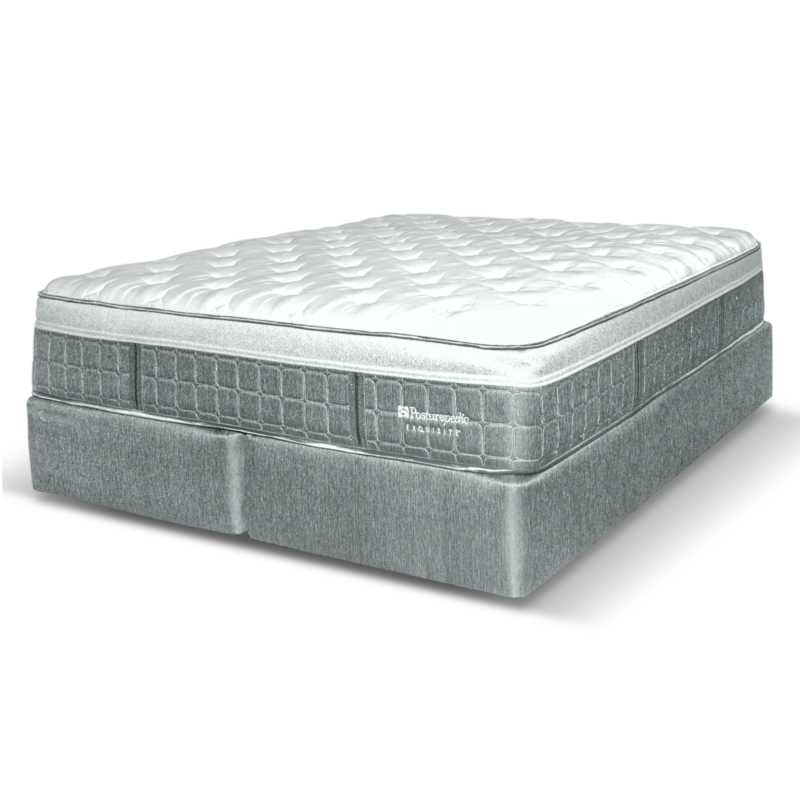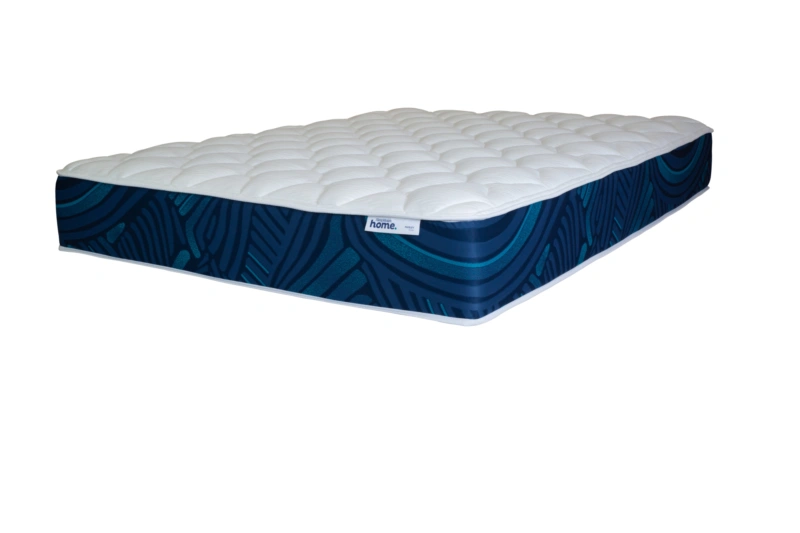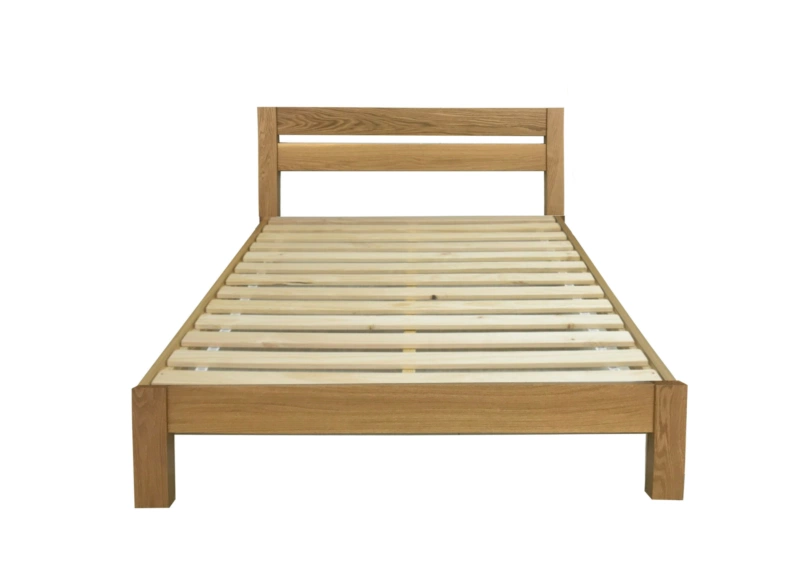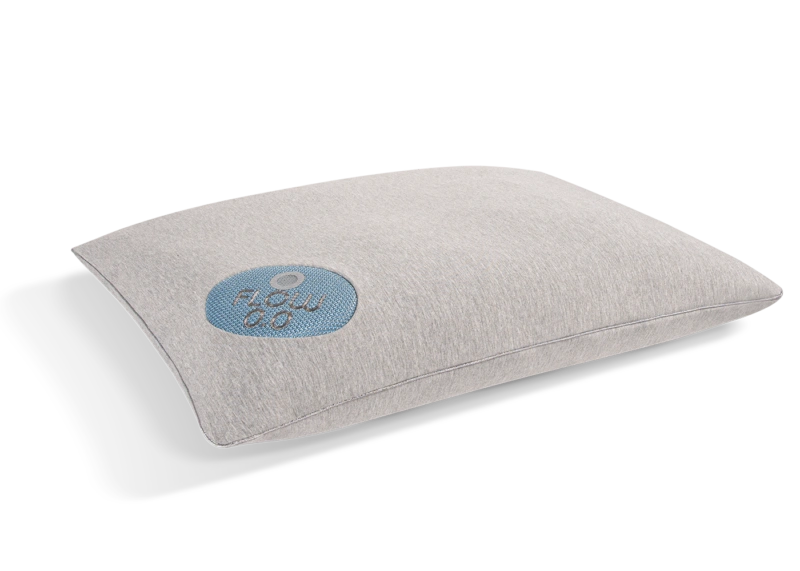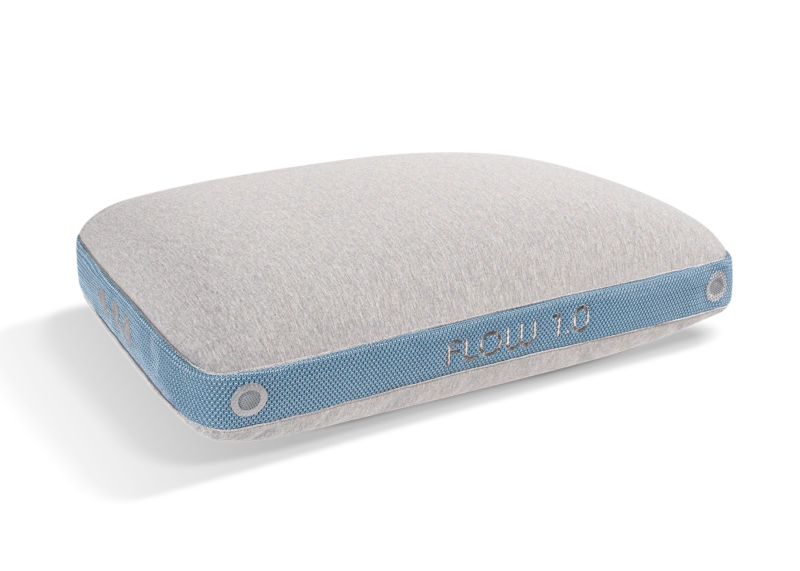
We’re bombarded by news and information about beds and sleeping: there’s no two ways about it, where we catch our 40 winks is extremely important to us.
And with that importance comes an army of experts pushing a range of health benefits, styles, levels of comfort and affordability.
But the most important thing to remember about buying a new bed is that we’re all different – what may work for one person is not necessarily going to suit another.
So the key ingredient when buying a bed is to get out there and test a few options. Sure, you can do your research online first: narrow down the options to suit your budget and space requirements (it certainly helps when going into a showroom if you know the differences between your kings, super-kings, queens, doubles, king singles, singles and single XL) click HERE
But absolutely nothing beats going to a showroom, being guided by someone who really knows what they’re talking about, and then testing out exactly what the options feel like.
Test-drive your bed
A recent survey found that a third of people felt a little intimidated when asking to try out a bed, but any good showroom won’t mind you testing out their products – after all you could be spending thousands of dollars with them and you wouldn’t part with that sort of money to buy a car without getting behind the wheel and looking under the bonnet.
So when going out to buy a bed, there’s a few things to remember:
1) If the bed is for two, both of you go out and test them together.
2) Where loose, comfortable clothing and remove your outdoor gear.
3) Don’t shop for mattresses when you’re tired – it’s a bit like doing the weekly food shop when you’re hungry, you’re more likely to make a wrong decision because everything seems to be so comfortable!
4) First, sit on the side of the bed: it shouldn’t sag and should seem firm. Then spend at least 10 minutes lying on the bed in a number of positions in which you sleep – remember, it’s only comfortable if you say it is, don’t let sales staff tell you that you’ll grow into it!
5) If you’re testing out a memory foam mattress, lie in one position for a while and then pay attention to how easy it is to move into another position. Be conscious of your sleep partners movements too, do you notice them tossing and turning on the display bed?
6) Most of the time if you’re replacing an older bed or buying brand new, you’ll be buying a mattress and base together, but if you are shopping for just a mattress it pays to double check your measurements – dimensions do change slightly from brand to brand so be sure that you get a perfect fit.
Do your research
It pays to ensure you know exactly what it is you want from your bed and your bedroom – and there’s plenty of advice out there to help you choose.
The right type of mattress: Respected medical journal The Lancet published a study in 2003 stating that a very firm mattress isn’t always the best option for people who suffer from bad backs – shooting down what had often been a typical sales pitch with solid science – and finding that a moderately firm mattress may do more to help with chronic back pain.
The right bed for happiness: Last month a survey of 1000 people, conducted as part of the Edinburgh International Science Festival, revealed that couples who slept closer together were happier than those who slept further apart in the same bed. As well as finding that partners who slept less than 2.5cm apart were more likely to be happy with their relationship than those maintaining a gap wider than 76cm, and that 94 per cent of couples who spent the night in contact with one another were happy with their relationship, compared to just 68 per cent of those that didn’t touch, the researchers also discovered that more creative people slept on their left-hand side and extroverts wanted to sleep close to their partners.
His and hers sides: A study last month in the SOCIETY FOR WOMEN’S HEALTH RESEARCH has highlighted the differences in sleep patterns for men and women, stating that women report being sleepy more often than men, take longer to fall asleep, have an increased risk of insomnia and spend more time in deep sleep.
Televisions in children’s bedrooms: Researchers from Massachusetts General Hospital for Children and Harvard School of Public Health who studied 1800 children aged between six months and eight years old discovered that kids with televisions in their rooms lost seven minutes of sleep for every hour of TV they watched. This effect was stronger on boys than girls and meant that by the age of seven, kids with a TV in their room slept on average half an hour less than those who didn’t have a TV in their room. Because of the link between sleep deprivation in children and performance in school, obesity and even depression, it pays to think about how you kit out your kid’s room.





